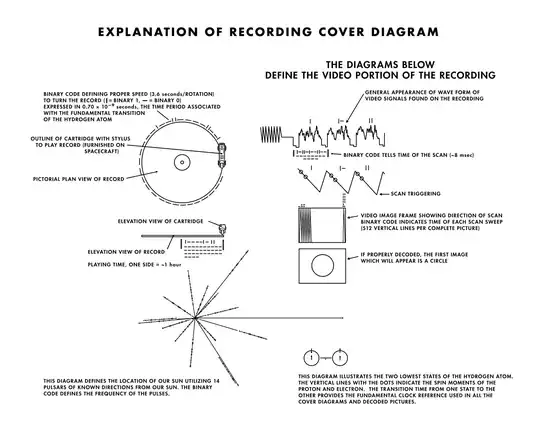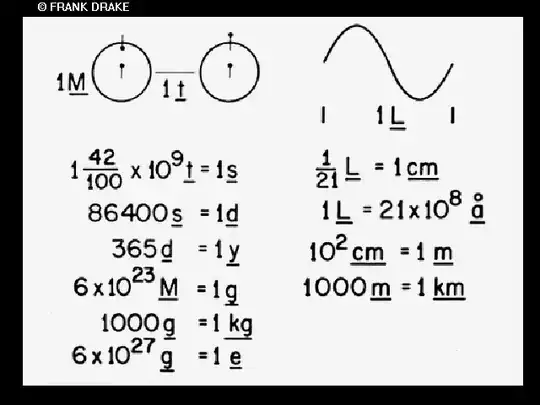Units aren't the biggest problem — not by a long shot
I don't know what your aliens are like, or how much more advanced they are, but I can explore a different (and analogous) problem: could we teach a medieval society, circa 1450, to make an iPhone?
For starters, they wouldn't understand the operating principles. They don't know what electricity is, or a wire, or a semiconductor. They've never heard of a capacitive touchscreen because they've never heard of capacitance. How could they understand an OLED display when the discovery that white light is made of colours is still 200 years away?
You might ask "can't they just follow the instructions blindly?", but that won't work. They can't do quality control on the phone's components without understanding what each component is supposed to do — they'd just end up building a phone in which all the components look right, but don't work. To them, a functioning microchip and a useless flake of polished metal are identical.
What about materials? They need ultra-pure silicon for the chips, oil for the plastic parts, exotic metals like gallium and arsenic to dope the semiconductors, lithium for the battery... and just look at what you need to make an OLED panel. They don't know how to make any of those! And even if they could find the raw materials, how would they process them to the required purity? Remember: these are people who, if you handed them a lump of pure gallium, wouldn't even be able to identify it.
They don't have modern supply-chains in place. They don't have any relevant institutional knowledge. They'd need to build it all from scratch.
Manufacturing: iPhone chips contain components that are just 5nm wide — much smaller than the wavelength of visible light. We'd need to send instructions for building an electron microscope just for them to see those components, much less manufacture them independently! Of course, we'd first need to explain what an "electron" is...
Troubleshooting: Nothing works first time. According to Elon (who says dumb things, but in this case knows what he's talking about), "building a car factory is 100 times harder than building a car". Even if you know what the end result should look like, you still have to figure out how to get there. Our medieval friends will need to bootstrap a boatload of industries just to make the components they need: oil drilling, oil refining, organic chemistry, inorganic chemistry, rare-earth metal mining, silicon chip manufacture, battery production, etc.
And what if things don't work first time? The communication is one-way, so they can't ask us for help. They don't have the institutional knowledge they need to solve the inevitable problems.
Funding: it should be clear by now that this is a massive undertaking for the medievalists. For us, building a chip fabrication plant is a billion-dollar investment. For them, they need to boostrap multiple entire industries, from scratch, in a world that currently has no demand for those products. How the hell are they going to pay for it?
Workforce: the iPhone is manufactured in the modern world, by modern workers. It requires a skilled, literate, educated workforce. To build an iPhone, you need to teach an army of people about every step of the manufacturing process — all of which will be new to them!
In summary, the iPhone was designed with the assumption of a modern workforce, modern supply chains, a modern manufacturing base, and modern logistics. The design of the phone is inseparable from the civilisation it was designed for. Those medieval people would need to revolutionise every aspect of their society, just to make their first phone.
In fact, they couldn't even have built an iPhone in the 1950s, let alone the 1450s.
Medieval Europe is just 600 years behind us, and its inhabitants human, like us. How much greater will our difficulties be following blueprints written by aliens that could be thousands, or even millions, of years ahead of us?
Of course, we won't have any of the problems I've outlined above. But we will have new problems, even more difficult problems, trying to understand an alien design, thought up by alien science, and made using alien techniques.
The hard part is not the design, it's everything that feeds into that. If we were advanced enough to follow the aliens' blueprints, we'd be at most a few decades from figuring it out ourselves.

